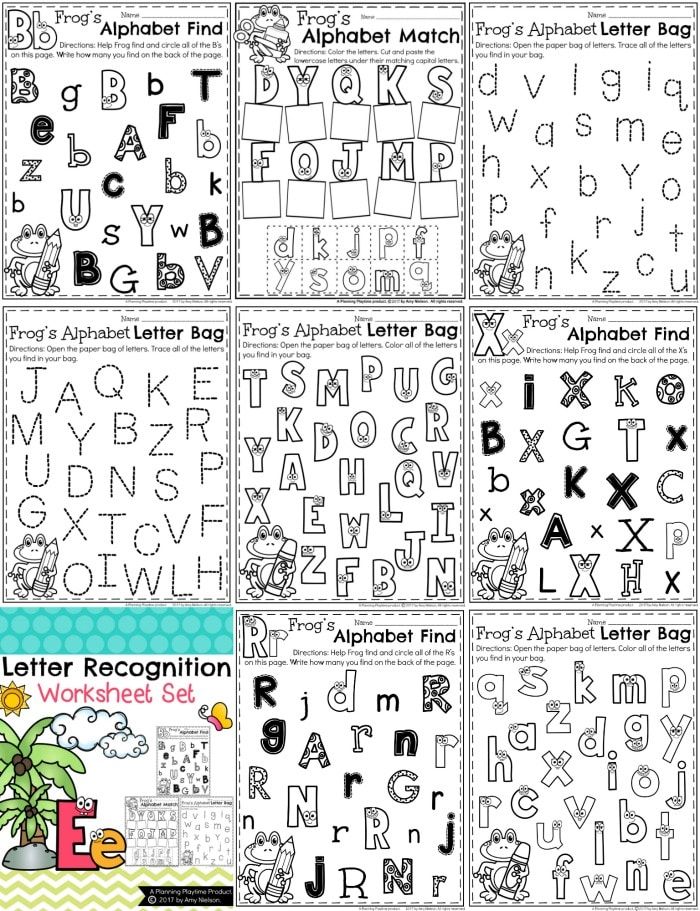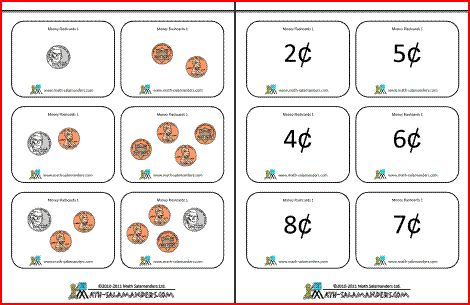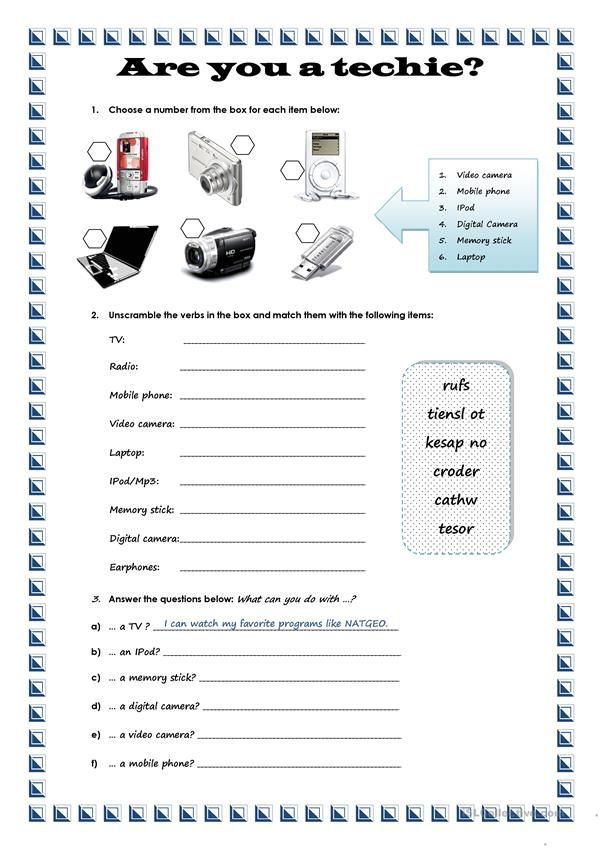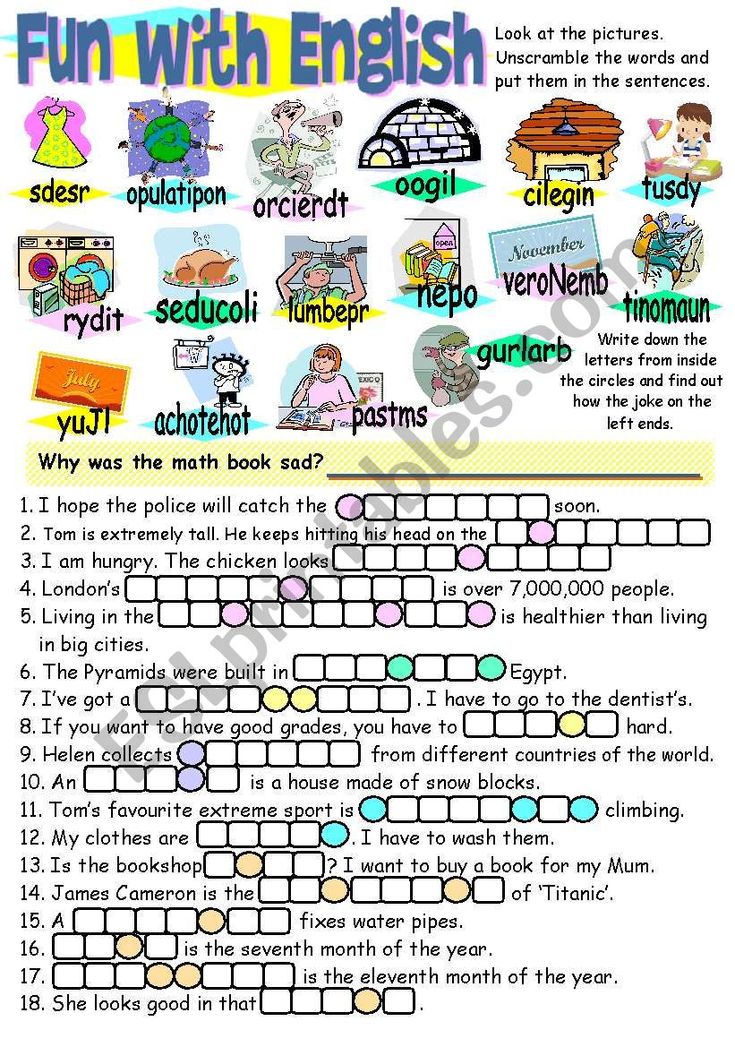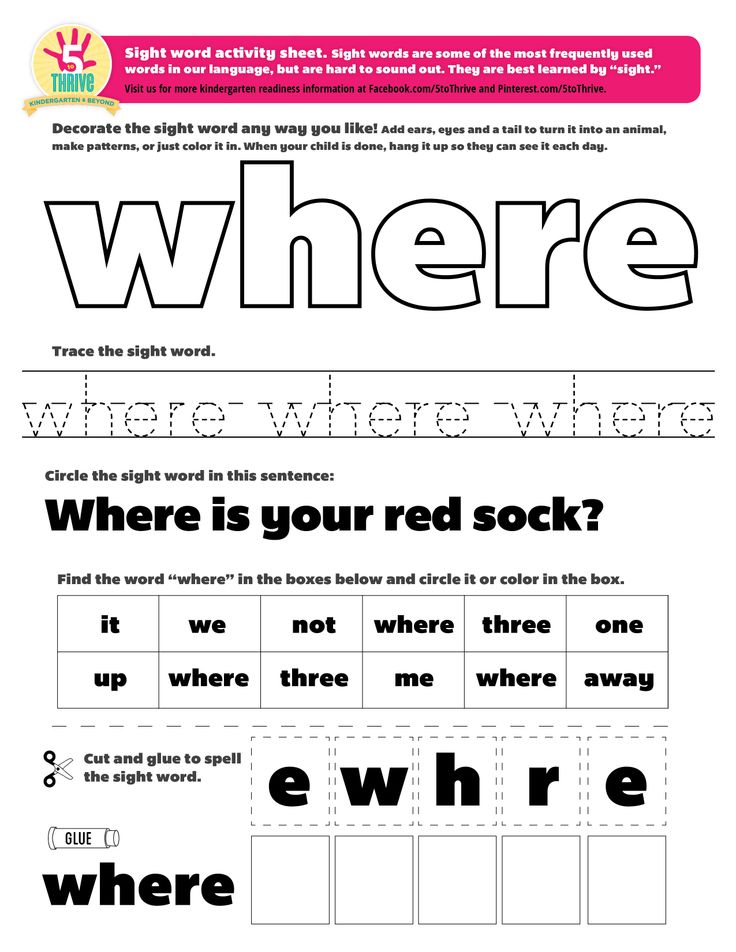Book levels for kids
|
Click on Shop Hoagies' Page before you visit your favorite on-line stores including Amazon and many more of your favorite stores. Thanks for making Hoagies' Gifted community possible!
Donations Support Hoagies' Page!
|
by Carolyn K., director, Hoagies' Gifted Education Page
"Where can I get information that would tell me the generally accepted
'grade level' for commonly-read elementary school books?" This question is
often asked, and the answers can be confusing. The easiest way to find the reading level of a children's paperback book is to turn it over. Many books include the reading level, in various forms. Some books might say RL3 for reading level 3, or RL:5.9 for reading level 5.9. Less specific designations might say 007-009 for ages 7 to 9, or 0812 for ages 8 to 12. These publishers designations are confusing, particularly when you pick up one copy of a Roald Dahl book in the bookstore and see it designated as 0812, and pick up another version of the very same book and see it designated as 0712. And reading levels are generally only printed on the paperback versions of books. Some educational publishers suggested reading levels are notoriously high
(reading level indicated is higher than content, vocabulary and length would
indicate, or even higher than the same book in mass market publication), but you must
also consider the use of the book: in school, the students not only read the
books, but study content, discuss grammar and style, plot construction, and lots
of other aspects of the book. Details on a few of the most popular means for determining "reading level":
While you're checking out reading levels, check out Hoagies' Page Reading Lists and Hoagies' Hot Topics! , a different sort of reading list, by topic first, and reading level second - you'll love it!
Rigby provides a
Leveling
Guide and
Comparison Leveling Chart (requires Adobe Reader). Many schools use the Accelerated Reader Program (A.R.) from Renaissance Learning. Even if your school doesn't use the program, you can find their estimate of the reading level of many of the books in their program. By using their Advanced Search, you can find their estimate of the grade level of books, by title, by author, or by Accelerated Reader quiz number. Renaissance Learning also offer STAR Reading software, which tests the child's reading level in 15 minutes by requiring student to complete "cloze" sentences. Renaissance
Learning developed the ATOS (Advantage-TASA Open Standard) Readability Formula
for Books, that the A.R. program uses to evaluate books. For much more,
read The ATOS Readabiltiy
Formula for Books and How it Compares to Other Formulas. Note: A.R. reading levels have been recently changed; many books, both easier and harder, now appear around grade level 4 and 5, from Amelia Bedelia to Harry Potter to Charlie and the Chocolate Factory to the Redwall series; the points awarded for the book vary dramatically based on length and difficulty. For a list of A.R. books for grades K-12, visit the AR BookFinder. For more on the controversy of AR programs, read Does Accelerated Reader Work? The (Lack of ) Experimental Evidence Supporting the Use of Accelerated Reader by Stephen D Krashen. Krashen points out...
Some school libraries use the Fry Readability Graph, now available from from Wikipedia, to determine age level for their books. For a free online version, visit California State University's Online Fry Graph tool. The Fry Readability Graph site includes instructions; basically you pick a
random 100-word section of prose (not dialogue) from the book, and count the
words. Take that 100-word section and count the number of sentences (using
approximations for incomplete sentences, for instance if the sentence had 10
words, and you could only include the first 5 in your 100 words, then add .5
sentences to your total). Take the same 100-word section and count the number of
syllables therein. While this sounds quite accurate, it doesn't account at all for content - some of the titles may be rated quite low, but contain details (horror, adolescent content) that you definitely don't want your 7-9 year old reading. Note, too, that the Fry scale wasn't intended for, and doesn't work well on fiction, rating fictional works notoriously low. Fry was originally designed to rate texts and nonfiction works. If you use the scale to rate magazine and newspaper articles it is remarkably accurate. There are other readability scales. The Dale-Chall and Spache readability
tests look primarily at vocabulary. They compare the text to a list of standard
vocabulary words and calculate the percentage of words that are not on that list
to determine readability. Using these scales, a text with fairly simple to
decode but uncommon words might give a false high readability. The FOG Readability Formula, and Fry and Flesch also count sentence length and syllables. Short complex sentences with unusual short words would not boost readability. There is also the DRP scale (Degrees of Reading Power) which attempts to figure readability and comprehendability. This is important because it is possible to write in way that uses common, short words in short sentences but still produces text that is difficult to read. "With his hat in hand, the man ran. Upon the step he lit." Easy to "read", more difficult to understand. Another reading
level scale is the Lexile Level.
Using the "Search" function on this site, you can determine the Lexile
level for various books. Lexile Measure is a number
indicating the reading demand of the text in terms of the semantic difficulty
(vocabulary) and syntactic complexity (sentence length). The Lexile scale
ranges from 200 to 1700 Lexiles, although actual Lexile measures can range from
below zero to above 2000 Lexiles. The SMOG (also called FOG) Readability Formula can be easily calculated for any book:
For a quick conversion table for SMOG Readability Formula, and additional
rules for calculating the SMOG for shorter texts, including pamphlets, visit
Assessing Reading Level. To further confuse the issue of reading levels, when my child was professionally tested her oral reading level was reported at grade level 4.6, but her comprehension (after silent reading) was at grade level 6.6. Seems that she can't pronounce the words, but understands them and/or figures out their meaning from context. This has happened in other school-based reading achievement tests she has taken. Professionals may tell you this is impossible, but her comprehension in silent reading is grades higher than she can read out loud! Probably the easiest ways to determine if a book is at an appropriate reading
level for your child is the 'five finger rule.' Have the child begin reading a
chapter, and put down one finger each time he struggles with a word. If he
reaches the end of the page before you get to five fingers, the book is written
at a comfortable level for independent reading. That's what I like - an easy to use method that is hard to forget. Schonell Reading Test On-line reading level test, complete with instructions for the tester. But be aware that this tests only the level of words that your child can sound out, not his or her comprehension level. Some schools use the Basic Reading Inventory, previously known as the Jerry L. Johns Reading Inventory to evaluate a student's reading level. This is an informal evaluation, based on the child's responses to short interesting reading passages at each grade level.
Fountas
& Pinnell Benchmark Assessment System (BAS) /
The Continuum of
Literacy Learning Schools may choose to subscribe to the F&P Text Level Gradient containing 46,282 books submitted by over 300 publishers. Learn more at Fountas & Pinnell Leveled Books. The Reading
Recovery Council of North America Reading Recovery is a highly effective
short-term intervention of one-on-one tutoring for low-achieving first graders.
Reading recovery levels apply only to emergent and beginning readers. Developmental Reading Assessment (DRA) levels are determined by giving a K-8 assessment (Pearson). Determines independent reading level and instructional path...
Qualitative Reading Inventory - 4, 4th Edition is a book-based teacher-given assessment of reading level, for students from K through high school. "Comprehensive inventory focuses assessment on specific questions regarding word identification, fluency, and comprehension..."
Flesch-Kincaid Index of a text passage results in a Literacy Level (LL) score. Flesch-Kincaid is a specific numeric calculation:
Edit
Central's Style & Diction evaluation offers six of the most common measures
for a passage of text that you type (or cut-and-paste) in, including Flesch
reading ease, Automated readability, Flesch-Kincaid grade-level, and
Coleman-Liau, Gunning and FOG indices. Enough already! No wonder we're all confused about reading levels!
|
How To Identify Your Children's Reading Levels + Which Books to Read
Want to know how to get your kids excited about reading? It starts with choosing appropriate books for their level. Here’s what you need to know about how to identify reading levels for kids!
How to Identify a Child’s Reading Level & Which Books Are Best for Each Reading LevelAre you looking for someone to explain reading levels in plain English?
Like, how you identify your child’s reading level and what they mean from the schools?
Some systems grade with numbers, while others are letters and scores.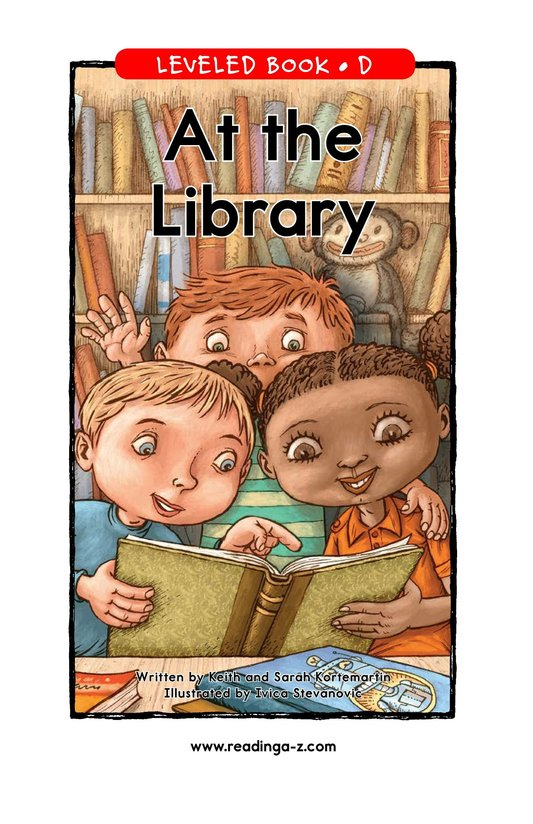 It’s no wonder it’s confusing.
It’s no wonder it’s confusing.
I struggled with this too. I wanted to get my kids books that they could easily read but I didn’t understand what the levels meant and how to choose a book based on those. After lots of research and trial and error, I’ve finally cracked the code(s).
I’m here to answer all your questions so you can feel confident in understanding your child’s reading abilities and can continue to help them grow as readers.
By the time you are done reading this you will understand:
- What leveled reading is and why it’s used
- The 4 major reading level systems
- How you can identify your children’s reading levels
- What level your child should be at based on their age and grade
- And how to help them choose an appropriately leveled book that nurtures their love of reading
Let’s demystify these systems and help you gain confidence in helping your child improve their reading skills.
What is leveled reading and why is it used?
Reading is a skill that is developed over time. As your child is learning to read they need reading material that they can decode to help gain confidence in their reading skills.
As your child is learning to read they need reading material that they can decode to help gain confidence in their reading skills.
This is where leveled reading comes into play. Leveled reading breaks down how difficult a particular book is and where a child’s reading ability is. This way they are given books and individualized reading instruction that help them become better readers.
While reading levels can indicate if a child is below grade level, on grade level, or above grade level, the most important job these levels provide is to help a teacher develop a good strategy and plan to improve that child’s reading skills.
I think the biggest takeaway is that your child’s reading level does not determine their intelligence or even how successful they will be in school. Instead, reading levels help teachers and homeschooling parents determine the best strategies to help your child succeed.
How to Identify Your Children’s Reading Levels
Most children who attend school sit down one on one with their teacher multiple times a year so that the teacher can identify your child’s reading level.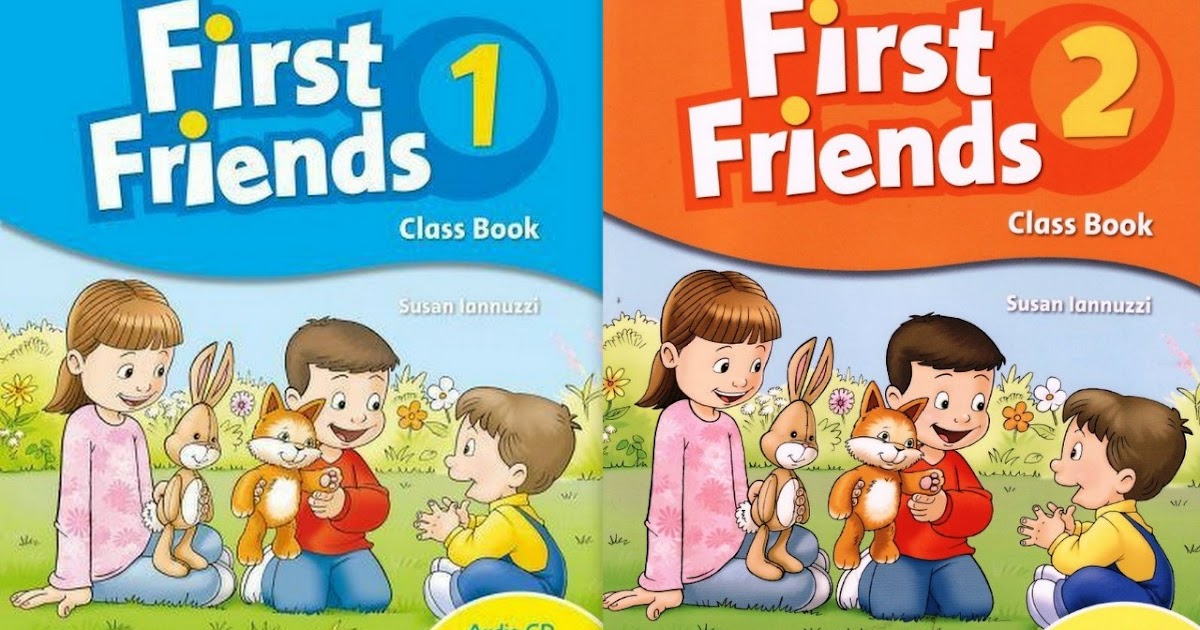 The teacher has the child read books from gradually increasing reading levels.
The teacher has the child read books from gradually increasing reading levels.
While the child is reading, the teacher takes into account how fluently and accurately the child reads, as well as their comprehension level.
To put it another way:
- Fluency means the child reads the text without many mistakes and can read it fluidly.
- Comprehension is how much the child is understanding from what they are reading.
A child who reads a book very fluently, without mistakes, can still not truly grasp what that book was about.
That lack of comprehension means that the book contains ideas, sentence structure, or vocabulary that is too difficult for them to understand and decipher. They would do better and enjoy reading more at a lower reading level.
How can you identify your child’s reading level at home?
Some websites advise parents to do an unofficial reading level assessment at home by making a running record. But I don’t think a running record is necessary at home. It’s overly complicated to just get an idea of your child’s reading skills.
But I don’t think a running record is necessary at home. It’s overly complicated to just get an idea of your child’s reading skills.
A running record is basically making a copy of the page that your child is going to read and mark down anywhere your child makes a mistake. A teacher would use this to identify particular reading struggles to give them a more complete picture of the child’s reading abilities.
Instead, what I suggest is choosing a variety of books that hover right around their level. Choose books that are slightly below what you perceive your child’s reading level to be. Also, pick out books on their level as well as one or two steps above their reading level. This way they have material they can easily master as well as books that will challenge them.
I found this really great list at Scholastic that outlines books based on Guided Reading Levels (I’ll get more in-depth about the different reading level systems in just a minute).
Here is a list of my favorite books to use to gauge and practice reading levels at home:
- A-C – Bob Beginner Books 1 (you can’t beat them),
- D-F – David Board Books (Level D), Go, Dog, Go (Level E and a classic we all may remember from our own childhood), Pete the Cat: Too Cool for School (Level F)
- G-I – Biscuit book series (Level G), Big Shark, Little Shark (Level I), Elephant & Piggie series by Mo Willems
- J-M – Fly Guy series (level J), Pinkalicious Series (level K), The Book with No Pictures (level L), The Day the Crayons Quit (level M)
- N-P – Stellaluna (level N), Nancy Clancy series (level O), Horton Hears a Who! (Level P)
- R-S – Shiloh (Level R), Matilda (Level S)
- T-V – How to Train your Dragon (Level T), Bud, Not Buddy (Level U), Holes (Level V)
- W-Y – Walk Two Moons (Level W), The Little Prince (Guided Level X), Echo (Level Y)
In the Bob Books, your child should read a couple of the books as they progressively get more challenging.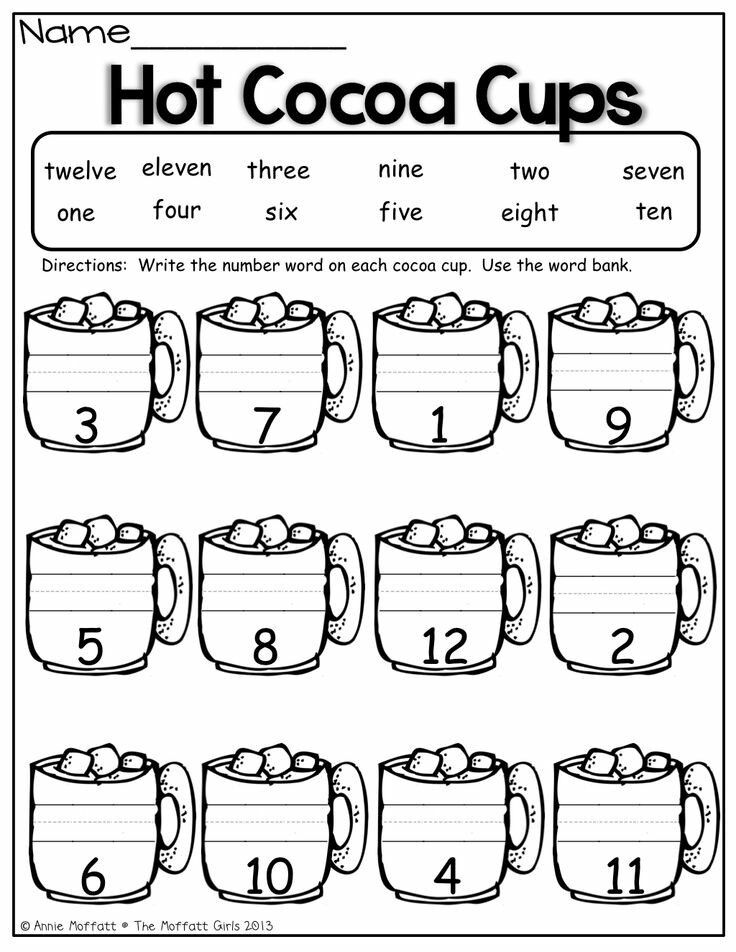 In other early reader short books, your child can either read the entire book or read a few pages.
In other early reader short books, your child can either read the entire book or read a few pages.
For longer books, one page is usually enough to get an idea if your child is mastering fluency and comprehension.
To gauge fluency, keep a simple tally count of mistakes as they are reading and notice if they are able to read with inflection and emotion. I keep track of mistakes by putting a clipboard on my lap under the table and making a small dot for each mistake. I make sure to do this completely out of the view of my child. The reason is simple: I don’t want them shutting down or losing the joy of reading simply because they see me marking mistakes.
Remember, the goal is to build a love for reading!
To evaluate their comprehension, you should pre-read the selection you are giving your child and have some ideas of a few questions you can ask them once they finish reading the selection.
When they get to a point that they are challenged but still comprehending with good fluency, you have found their approximate reading level.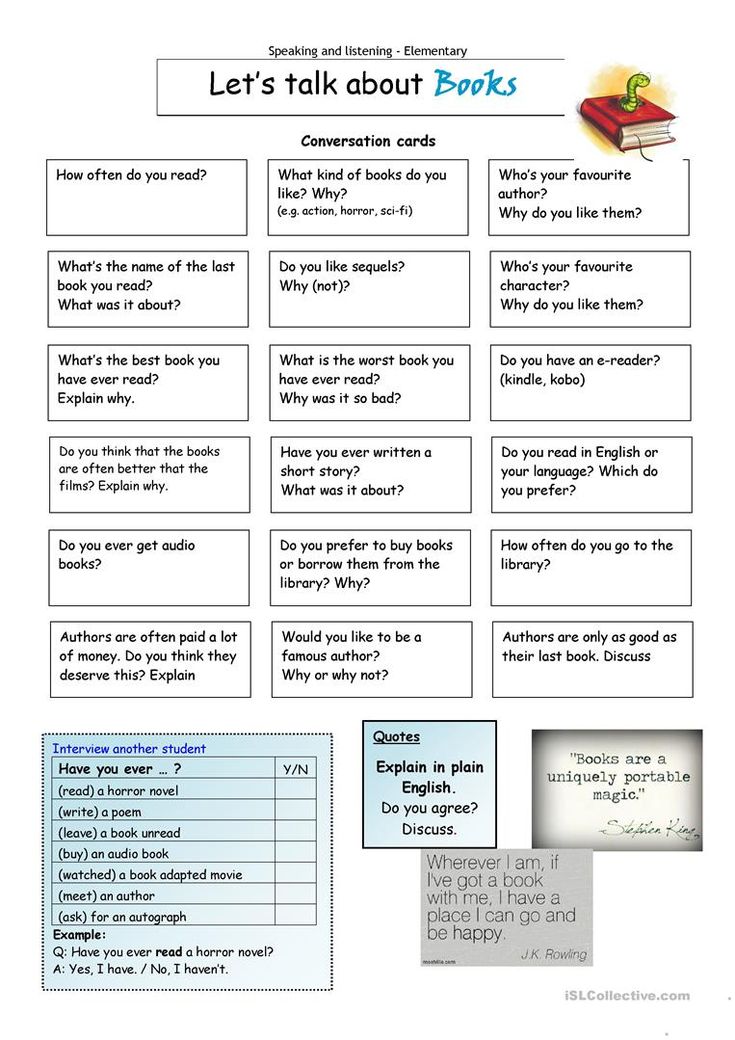
At home, they should have access to books that are one or two levels below their reading level. This builds confidence for budding readers.
The 4 Major Reading Level Systems
As if this whole reading level thing wasn’t confusing enough, there isn’t just one reading level system. In fact, there are 4 major reading level systems, which different school districts use.
The 4 major reading level systems are guided reading level, accelerated reader, developmental reading assessment, and Lexile measurement levels.
Let’s break these different systems down so you can understand the one that your child’s school uses, or one that you may want to adopt to track your child’s progress.
Guided Level ReadingThis is the system that I used to make the list of books for you to do your home reading assessment above.
It is also one of the most popular systems through school districts. So it only makes sense to go over it first.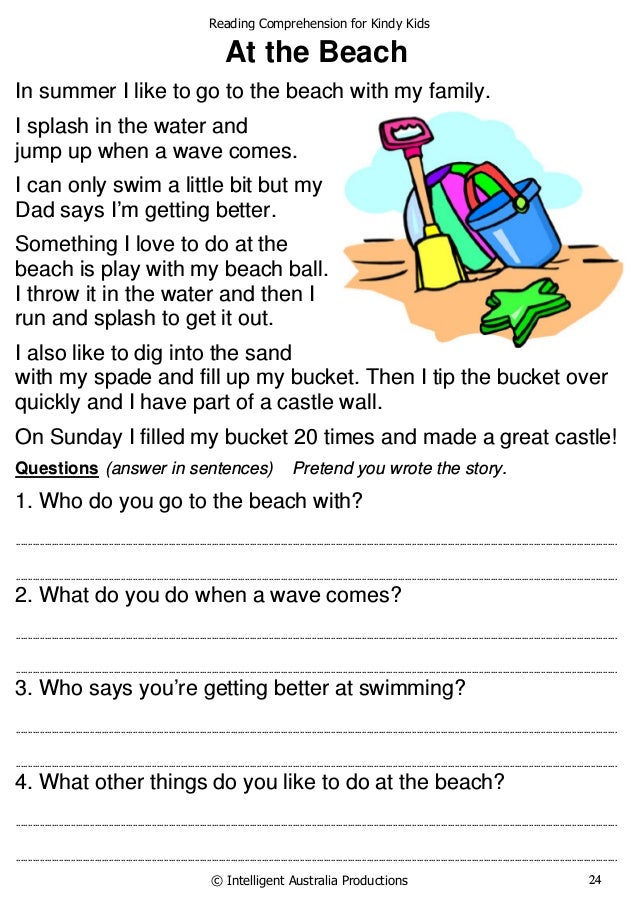
Guided Level Reading was developed by Irene Fountas and Gay Su Pinnell. It uses an alphabet system of dividing books into appropriate levels. Level A are the easiest books and they get progressively more challenging until you reach the most difficult books at Level Z.
For each grade level, there are multiple different reading levels so that as your child progresses they can get gradually more challenging books.
Children are tested on level by reading a benchmark book. That means a book that they have never read before is what you can use to determine their fluency and comprehension. The list of books I gave you above would be examples of benchmark books.
This system is popular because it gives a clear vision of where the child is with their reading skills but it isn’t as obvious to the child whether they are ahead, behind or on target with their peers. So it can be better for the child’s confidence and can reduce bullying or comparison.
This is by far my favorite system because once you know what letters correspond to which grade, it is very easy to understand.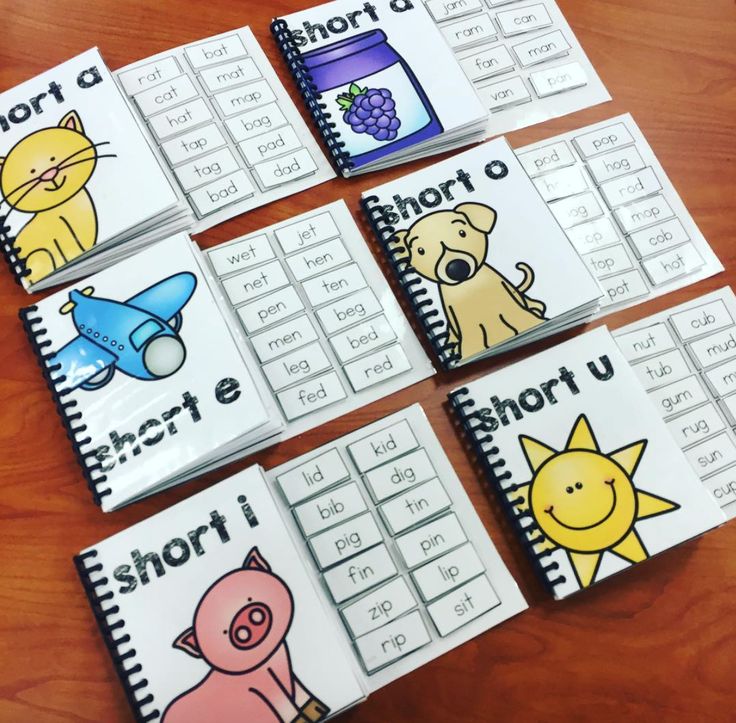
Accelerated Reader
Accelerated reader is the system I remember from childhood. Books are based on grade level with a decimal system giving each grade a scale of 10. So what does that look like?
A book could be leveled at 1.8 meaning it’s a first grade level book but the difficulty is moving towards a second grade level book. The biggest difference between Accelerated Reader system versus the other systems is that it has a computer program that quizzes children on the books they read.
This can be problematic for children struggling with reading. Quizzes can cause anxiety even in young children, and cause a negative association with reading.
For that reason, I am not the biggest fan of this particular system, but it is still very popular in the school system.
Developmental Reading Assessment
This system also starts by testing a child by reading a benchmark book. Remember, a benchmark book is a book that helps test your child’s fluency and comprehension.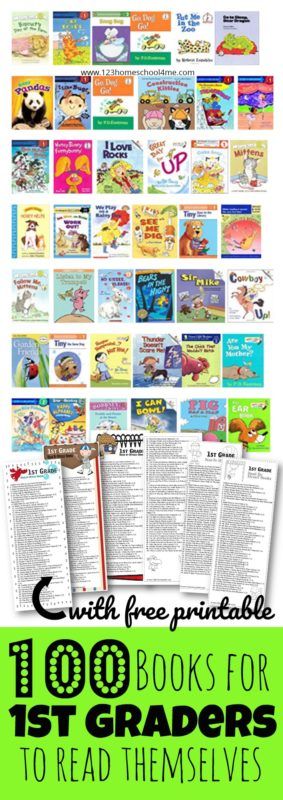
Developmental Reading Assessment (also called DRA) is a system of leveled books and tests created by Pearson (one of the most popular textbook and educational tools in the US).
I think this system is a little more confusing because it starts with a reading level labeled level A then immediately switches to numbers. So very beginning readers start with leveled A, then it switches to levels 1-80 with 80 being the most difficult.
This is also a very popular choice with school districts, so you may be used to seeing this.
This system ranks books and reading materials based on readability and how difficult it is to read them.
Lexile Measurement Levels
If your child’s reading levels look something like “200L”, then they are using the Lexile Measures system.
This system does not start with a benchmark book but with a standardized test. This system ranks books and reading materials based on readability and how difficult it is to read them.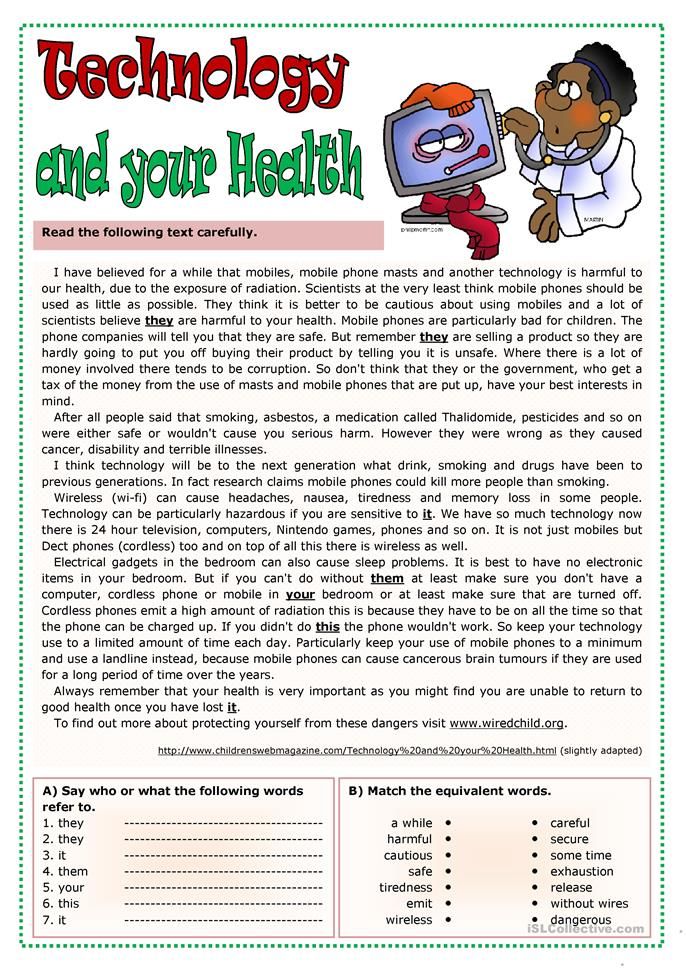
Levels for the Lexile Measuring system start with BR for beginner readers and then transition into a number like 700L for more advanced readers. Let’s be honest…this makes this system a little more confusing for us parents.
This is a less popular option for schools, but a few do use it. So I want to cover it in case you fall in this group.
What Levels Should Your Child be Reading Based on Grade?
Overall, reading levels are supposed to help with small reading groups and interventions if necessary. They also help a teacher to develop tailored instruction based on each child’s reading level.
How do you know if your child is reading on grade level based on their reading level?
I am going to break this down by grade and I am going to cover all 4 reading level systems: guided reading level (GRL), accelerated reader (AR), developmental reading assessment (DRA), and Lexile measurement levels (Lexile).
Then you can compare your child’s reading level with the reading levels for their grade to get a better understanding of where your child is with learning to read.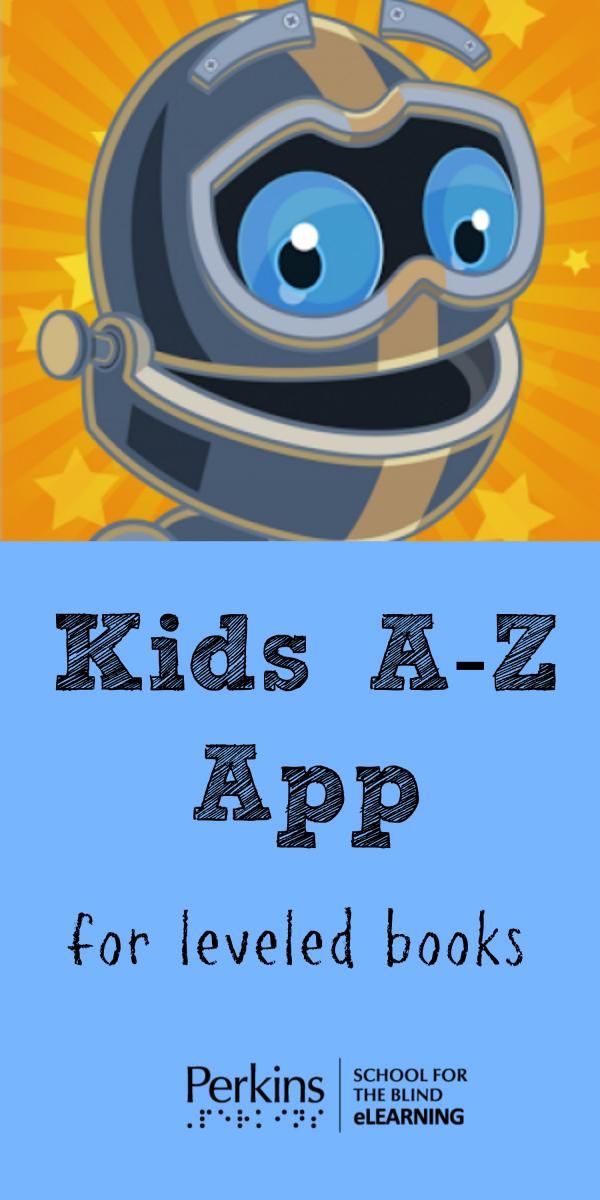
You can also notice that for all the reading level systems, except for accelerated reader, reading levels overlap between grades. So, for example, GRL reading level S could be for fourth grade or fifth grade.
Remember, your child may fall outside of these boundaries – they are just general guidelines.
Kindergarten Reading Levels
- GRL: A-C
- AR: 0.1-0.9
- DRA: A-4
- Lexile: BR40l-230L
- GRL: C-I
- AR: 1.0-1.9
- DRA: 4-16
- Lexile: BR
- GRL: I-M
- AR: 2.0-2.9
- DRA: 16-24
- Lexile: 107L-1080L
- GRL: M-P
- AR: 3.0-3.9
- DRA: 24-38
- Lexile: 415L-760L
- GRL: P-S
- AR: 4.0-4.9
- DRA: 38-40
- Lexile: 635L-950L
- GRL: S-V
- AR: 5.
 0-5.9
0-5.9 - DRA: 40-50
- Lexile: 770L-1080L
- GRL: V-Y
- AR: 6.0-6.9
- DRA: 50-60
- Lexile: 855L-1165L
What to do if Your Child is Reading Below Their Grade Level
If you are told your child is reading below grade level, it can be a gut punch. So what do you if your child is reading below grade level?
First, don’t panic. Children develop their reading skills at different stages, some children are early readers and some children take a little longer to get there. Just like some children walk early and some children walk late.
Next, just continue encouraging reading at home by reading books together and discussing what you’re reading. You can also continue to provide them reading materials they can comfortably read and enjoy.
Positivity and encouragement, along with shared reading time will go a long way!
How to Help Your Child Choose a Book to Read
So now that you know what your child’s reading level is and what that means, how can you help your child choose a book to read?
The number one factor in helping your child choose a book is to pick something they are interested in, even if it is above or below their level.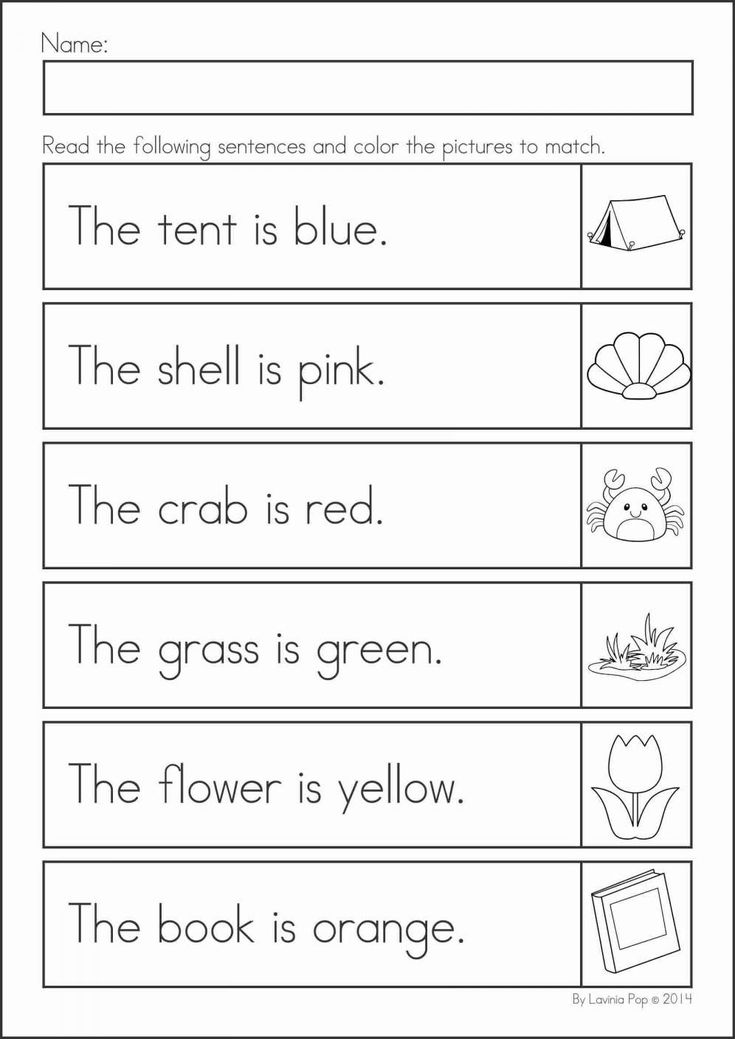
You want to foster a love for reading because it’s enjoyable. With time and practice, the skills will come! Of course, if you are truly concerned, speaking with your child’s teacher to come up with a game plan may be helpful as well.
The Takeaway
At this point, I hope you feel more confident in understanding the different reading level systems and how they are used to help your child to become a better reader.
Remember, your child’s score is not an indicator of how successful they will be and all children develop reading skills at different ages.
Just continue to nurture a love for reading with your child by providing them books they are interested in and spending time reading to them and with them. You’ve got this!
More Resources On Positive Parenting & Screen Free Kids:
- Safety Tips for Kids: Books to Reinforce Safety Rules for Kids
- Pros and Cons of Homeschooling: Weighing School Options
- 10 Ways to Limit Screentime and Raise Unplugged Kids
- Creating Screentime Rules for Summer (Free Printable)
- 10 Screen-Free Alternatives Before Bedtime
- Printable Screen time Rules Checklist for Kids (PDF)
10 books to keep your child busy on the road
"Well, when are we coming?" the baby asks his mother every five minutes.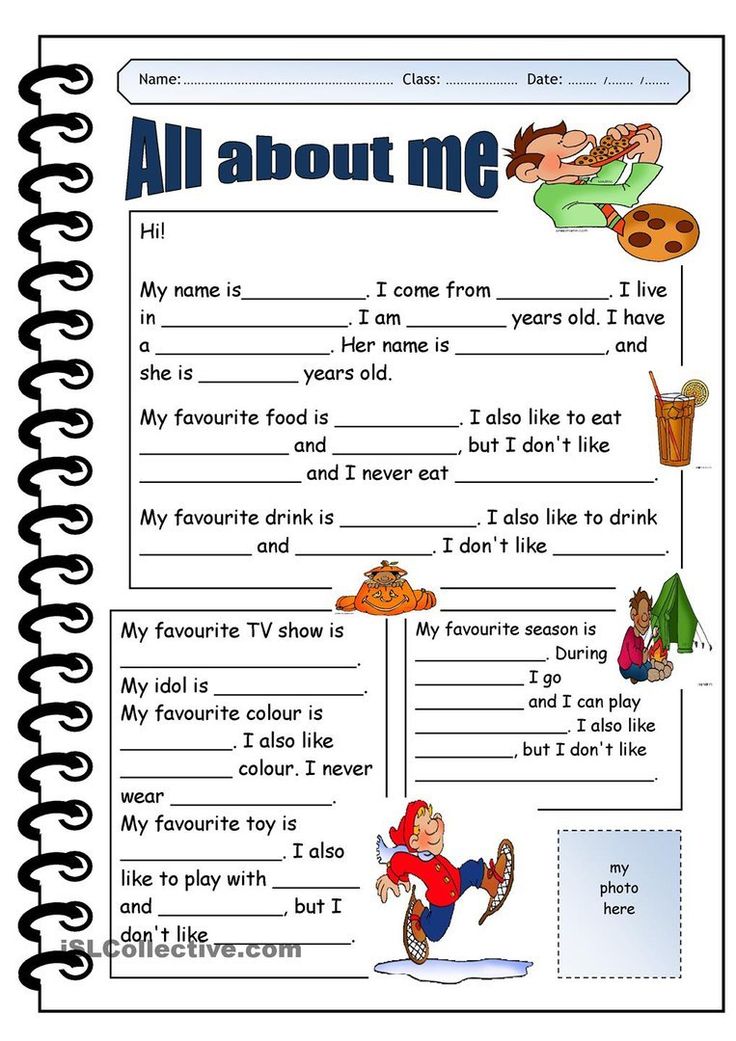 She has no idea how to entertain him, and there are still 200 kilometers ahead. The child begins to act up. Fellow travelers are nervous... Sound familiar?
She has no idea how to entertain him, and there are still 200 kilometers ahead. The child begins to act up. Fellow travelers are nervous... Sound familiar?
What if all parents knew what to do with their children on the road? There is a simple recipe for a happy family trip: turn an ordinary car, bus or train trip into an exciting game. For example, you can count all the green cars you meet, make words to each other, draw. Or take a book with you, but not a simple one, but with puzzles, mazes and other tasks so that the child can be interested in it for a long time. nine0003
These ten books will do just fine
1. Road bingo
This is a set of play cards and reusable stickers to help your child pass the time on the road. The essence of the game is to find all the objects shown on the card outside the train or car window. Having noticed the necessary item, you need to stick the appropriate sticker. You can play this game alone or with friends (then the one who filled out the card the fastest wins).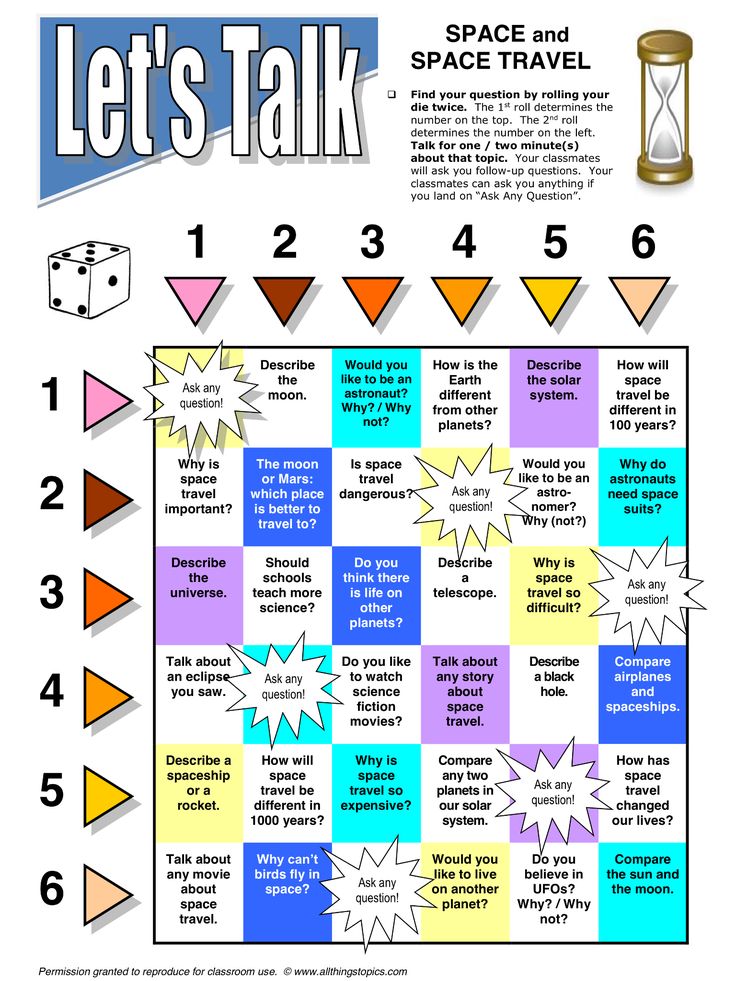 nine0003
nine0003
2. Chevostik Labyrinths
A book that will take a child on the road for a long time! The plot is simple - the inquisitive Chevostik cannot go a day without adventures. This time, the kid accidentally broke the time jump and found himself in the mysterious world of labyrinths. He will have to visit Ancient Rome, in caves, in space, under water, in an anthill and even swim across the Arctic Ocean. And also learn a lot of interesting scientific facts about everything that he meets on the way. nine0003
The child will have to help the red-haired boy overcome all the obstacles!
With these colorful books, your child will not be bored in transport, airport and train station.
3. Conduct lines
"Let's Draw Lines" is a playbook that will not let your child get bored on the road. Everything is arranged as if you are in a computer game.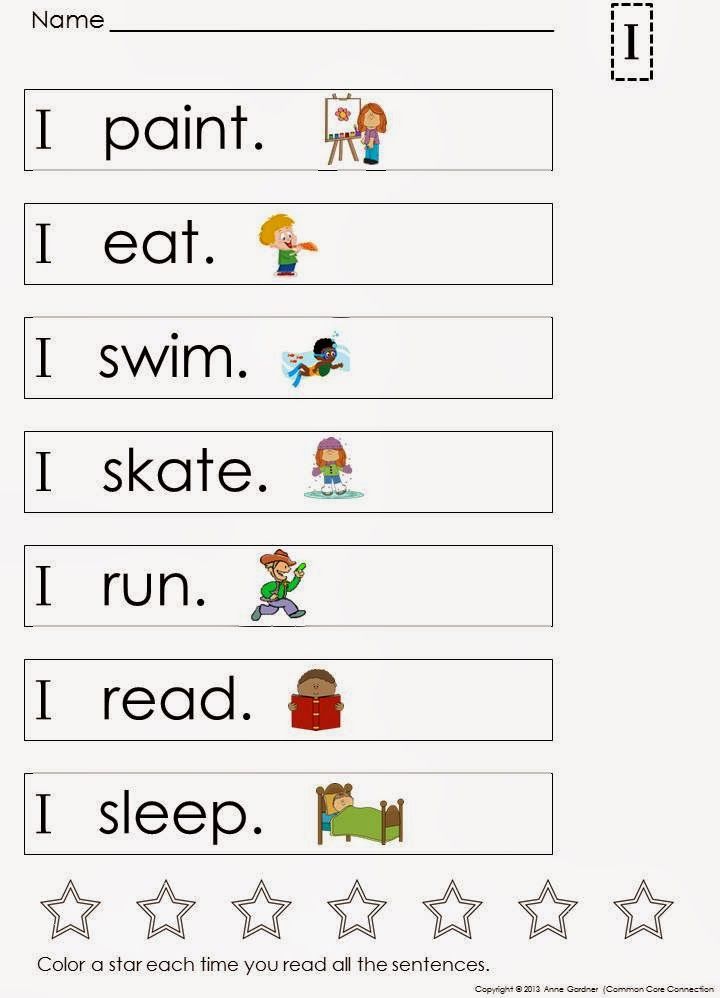 There are characters, bonuses, tasks for time, different levels. Its main goal is to prepare the child's hand for future writing lessons. nine0003
There are characters, bonuses, tasks for time, different levels. Its main goal is to prepare the child's hand for future writing lessons. nine0003
4.365 penguins
Looking through this bright and informative book, the child will learn many amazing facts about Stockholm, Carlson's homeland and the capital of Sweden. But that's not all. The main thing is that on almost every page you can complete an interesting task: learn Swedish, draw, go through a maze, solve a puzzle, solve a crossword puzzle. Or come up with a pattern for the symbol of Sweden.
5. Literary doodles
Another not boring informative book. In a few days on the train, your child can learn who Mark Twain, William Shakespeare, Leo Tolstoy, Lewis Carroll and Arthur Conan Doyle are. And at the same time decorate Anna Karenina's dress, come up with a serenade for Juliet, pack a suitcase for a sea voyage, draw Baloo the bear and remember your favorite books.
In a few days on the train, your child can learn who Mark Twain, William Shakespeare, Leo Tolstoy, Lewis Carroll and Arthur Conan Doyle are. nine0025
6. Small stories about great people (series)
Lightweight and small in size, this book explores the lives of inventors and researchers—a treasure trove of valuable lessons and inspiration. It is always interesting to know how a genius lived, what he thought about, how he created masterpieces.
The series tells a fascinating story about famous creators - Leonardo da Vinci, Marie Curie, Frida Kahlo and Charles Darwin. The vivid illustrations bring the story to life. nine0025Each story is unique, but there is something in common between them: the people who managed to change the world never stopped asking questions. This is the key to great accomplishments. Give it to your child on the road.
7. Labyrinth Bureau
Treasures, monsters, labyrinths - everything that little mischief-makers love! The book is like a game in which you have to make a choice - give up or reach the end.
The child will have to make their way through mazes, collect gems and coins, look for the Glove of Crushing Blow and Studded Non-Slip Boots. And you also need to get out of the giant's mouth, climb Mount Noguslomish, swim across the Shaky Sea and defeat the Ghoul King. nine0003
8. Where is my mother?
This book with tactile elements for the little ones will not only distract the baby on the road, but also introduce the baby to the inhabitants of the forest through colorful illustrations. Tactile elements will make the process exciting and interesting. And to make it more interesting to play and learn, the kid will have to help the little squirrel find his mother.
9. Fantasarium
Creative album for dreamers. What does a city made of sugar cubes look like? What is the filling of the world's largest sandwich? The album will help to reveal the fantasy and imagination of the child. It's a nice thing when there are dull landscapes outside the window.
Incredible creatures and amazing objects, wild animals and exotic plants, famous heroes and incredible finds - all of them are hiding and waiting for the child to finish drawing them and paint them in the most unusual and bright colors. nine0003
9. Sasha flies to rest
An adorable picture book that gently and humorously talks about what it's like to fly when you're only 4 years old. In the modern world, children travel regularly and need information so as not to worry and not be afraid of flights, especially the very first ones. After all, it is very exciting to go on a flight with a child. Where to weigh suitcases? How to get through passport control? Who will fly the plane? Take the book with you, compare the events of the book with real events, open up to your child a new world of travel without fears and a sea of positive impressions
"Flying is great," Sasha thinks. And your child will agree with him!
Happy travels!
Subscribe to children's books
“You have such a cool mailing list, you don’t even have to buy a book,” our subscribers say.
Do you also want to learn about new books about creativity, education, drawing, kumons and preparation for school? Then leave your mail, we will send you colorful detailed reviews. nine0003
Other selections
Another 1245 children's books
4 best textbooks in English: a detailed review ‹ Ingleks
A good book is a person's best adviser and friend. And an English textbook is the best friend of someone who decides to learn the language of international communication. How to choose a "comrade" among several dozen manuals that flooded the book market? Today we bring you an overview of the 4 best English language study guides, according to our teachers and students. nine0003
Why you should study with a recommended English textbook
In this review, we present you 4 modern English language study guides:
- English File Third Edition
- New Total English
- Speakout
- Upstream
All of these textbooks implement a communicative approach, that is, they are aimed at developing the student's oral speech skills.
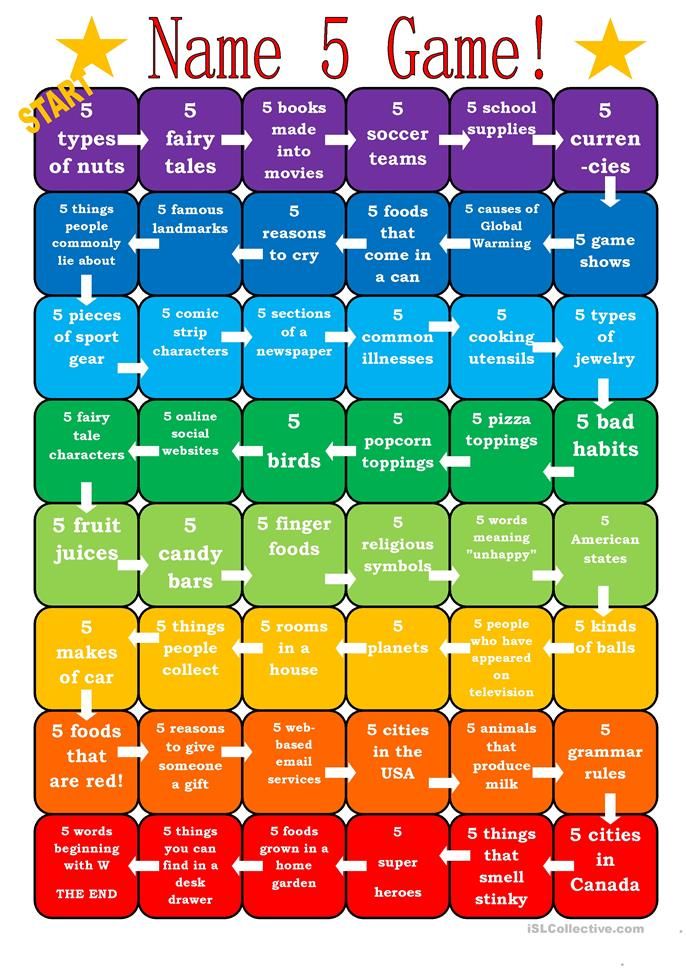
How to choose the best allowance? EF and NTE are comprehensive, universal courses for the methodical development of all skills. Speakout is suitable for those who want to focus on the development of spoken language. Upstream has a richer curriculum, so it is suitable for those who are going to take international exams in English. nine0003
In the review, we focused on textbooks from English publishers. Why the choice fell on them? We recommend these manuals because each of them is a comprehensive training course. The complete set includes the main textbook, a workbook, CDs with audio and video recordings, and a teacher's book. Thus, this training course allows you to improve all skills: you will learn to speak, read, write in English and understand foreign speech by ear. How is it implemented in the book? Any of the textbooks presented by us is divided into unit lessons, each of which contains the following sections:
- Oral speech (Speaking) - questions for discussion, exercises for the development of oral speech.
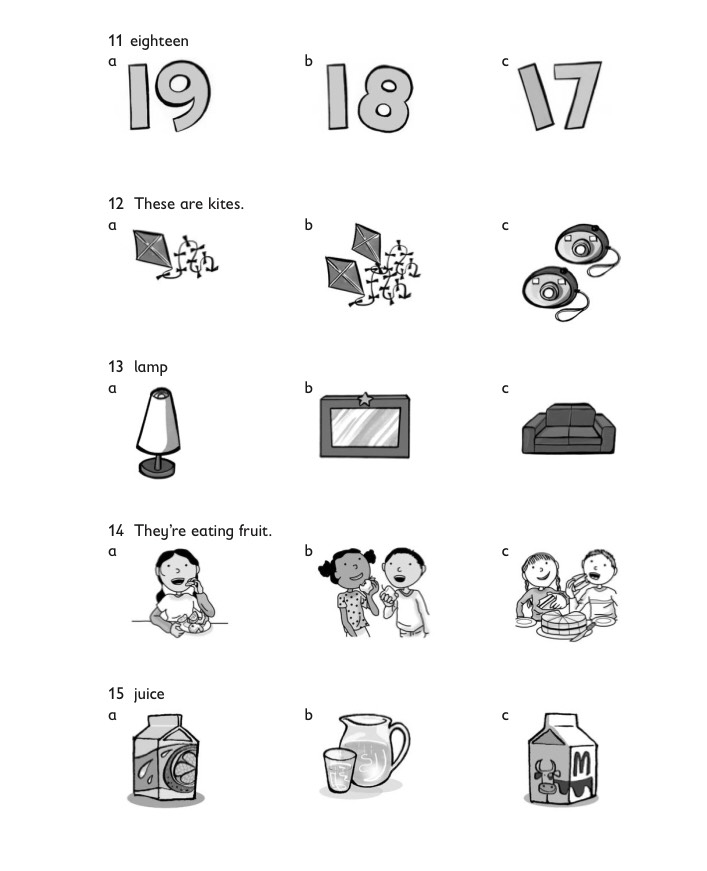
- Listening comprehension - audio recordings and tasks for them.
- Reading - several texts that are taken as a basis for the development of speaking and learning new words.
- Writing (Writing) - tasks for practicing writing.
- Grammar (Grammar) - a block that explains any aspect of grammar in an understandable language, as well as exercises for practicing theory in practice. nine0128
- Vocabulary - A selection of new words and expressions, as well as exercises to practice their use.
- Pronunciation - exercises with audio recordings to practice the correct pronunciation of the sounds of the English language.
The form of presentation of material in these manuals is the same: a textbook presenting the material from simple to complex. The courses offered are suitable for teenagers and adults.
The principle of independent work with such textbooks for learning English is as follows: choose a set of books that matches your level of knowledge, and study it “from cover to cover”.
That is, go from the first unit to the last. nine0128
Intermediate - 2013 Intermediate Plus - 2013 Upper-Intermediate - 2014 Advanced - 2015 Benefits and features of the textbook
The English File English textbook is one of the most popular textbooks in the world today. In our online English school, teachers tend to use EF materials when teaching students.
Why did we choose this textbook:
- Only contemporary topics relevant to real life.
- Most commonly used words and phrases by native speakers.
- Interesting texts and dialogues.
- Grammar is explained briefly and simply, constructions are used by native speakers in everyday communication.
/- Effective exercises for the development of oral speech.
English File is considered an easy to understand textbook for learning English, but this does not mean that it is "superficial". It's just that you don't have to delve into too complicated aspects of grammar or learn words that native speakers rarely use in everyday communication.
We recommend choosing EF for studying for those students who want to quickly “talk” in English. EF will teach you how to speak on any topic in modern English. nine0003
Textbook structure
The manual consists of 10-12 units, each of which is divided into several parts (sections may differ slightly in textbooks of different levels):
- 2-3 mini-lessons (files) - 1A, 1B, 1C and so on, each of which learns new words and phrases based on texts, dialogues and audio recordings, as well as new grammatical topics.
- Practical English / Colloquial English - a special section for improving conversational skills and listening comprehension. The authors offer colloquial phrases and useful expressions for learning that will help make your speech natural. nine0128
- Writing - a section in which you learn how to write letters, resumes, essays, etc.
- Revise&Check - a section for repeating the material of all parts of the unit.
Supplementary Materials
At the end of the manual are the texts of the audio recordings (Listening), exercises for the development of oral speech (Communication), a grammar guide (Grammar Bank) for each unit, additional exercises for expanding vocabulary (Vocabulary Bank), as well as table with reading rules (Sound Bank).
nine0003
EF textbooks come with audio CDs and a dedicated iTutor app with additional exercises. You can complete the same tasks online at elt.oup.com. There are exercises for expanding vocabulary, practicing grammar, improving pronunciation, as well as tests, mini-games and other entertainment for each of the lessons of the textbook.
You will not find the answers to the exercises in textbooks. Therefore, if you want to receive an objective assessment of your knowledge, you should study either with an English teacher, or buy a book for the teacher (Teacher's book) with answers. nine0102 :
Intermediate:
Upper-IntermediateAuthors :
- Jonathan Bygrave - Starter level.
- Diane Hall, Mark Foley - Elementary level.
- Araminta Crace - Pre-Intermediate and Upper-Intermediate levels.
- Rachael Roberts - Intermediate level. nine0128
- Antonia Clare, JJ Wilson - Advanced level.
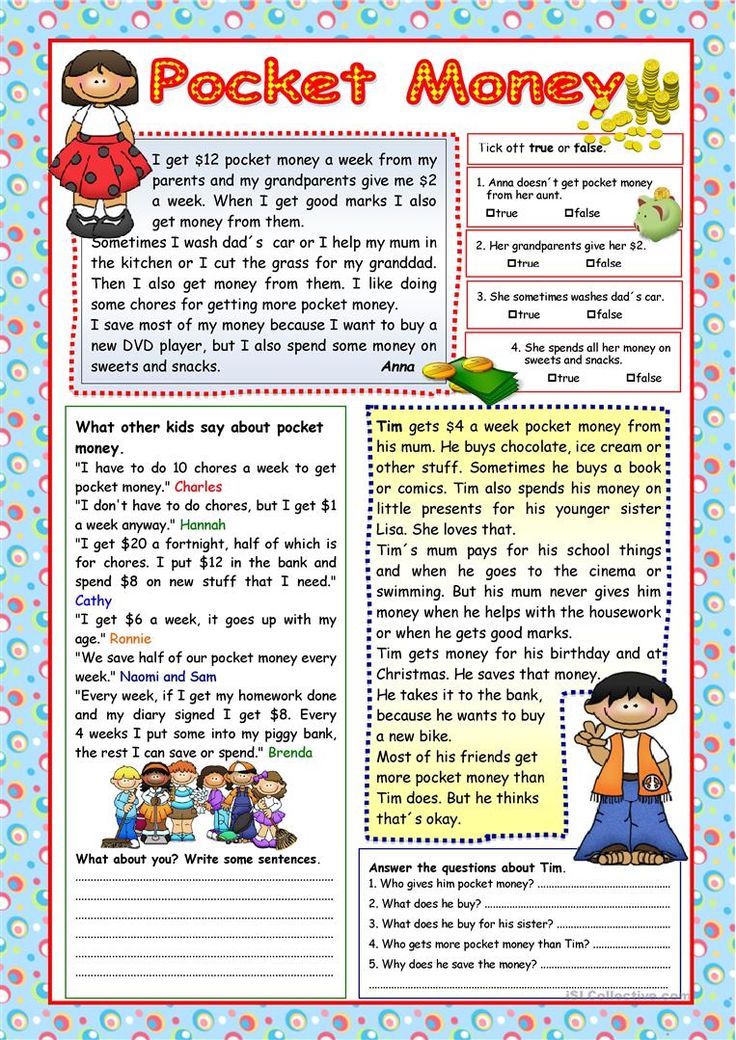
Latest edition : 2nd edition 2012 - for all levels.
Benefits and features of the textbook
New Total English is a reissue of a series of popular Total English textbooks with additions and improvements.
The NTE series has the same benefits as the English File. However, the New Total English textbooks are slightly more complex than the above series, both in terms of grammar and vocabulary. Therefore, if you want to repeat the materials of an already completed EF course and deepen your knowledge, we advise you to opt for NTE. nine0003
The structure of the textbook
Any of the textbooks in the New Total English series includes 10-12 lessons (units). Their structure is similar to the structure of lessons in English File (sections may differ slightly in textbooks of different levels):
- 3 mini-lessons (1.1, 1.2, 1.3), in each of which you will find tasks for practicing grammar, reading text and discussions, tasks for listening and pronunciation.

- Vocabulary - exercises for learning and practicing the use of new words and expressions. nine0128
- Communication - questions for discussion, tasks for the development of conversational speech.
- Writing bank - exercises in which you learn to write essays, resumes, business and personal letters.
- Reference - grammar rules with explanations, here the theory from all 3 lessons is given and explained with examples.
- Review and practice - a review lesson, which is a test that checks how well you have learned the materials of the lessons you have completed.
Supplementary Resources
At the end of the manual there is a reference block containing information on the pronunciation of English sounds (Pronunciation bank), materials for discussion in English (Communication activities), tips for writing various types of texts (Writing bank), and also texts for all audio recordings (Tapescripts). Answers to all exercises are in a separate teacher's book.
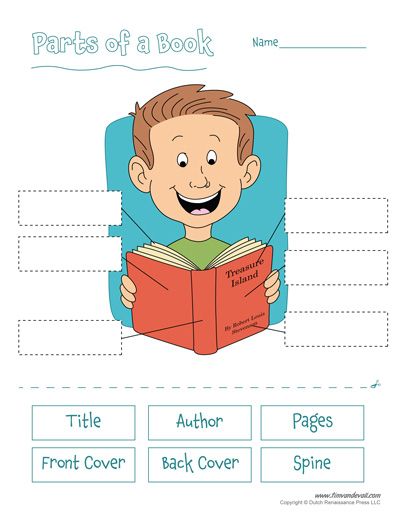
Each of the textbooks comes with a CD with audio recordings, from which you can learn useful expressions and phrases. nine0003
This English learning aid also has a nice addition in the form of an electronic application that allows you to learn words online. This is the Vocabtrainer site. To teach words here, you first need to register, then enter the book's ISBN (the 13-digit number on the back cover, starts with 978 or 979). After that, you will be able to work on the site. We advise you not to miss this opportunity: training will help you not only memorize new words well, but also learn the definitions for them in English. nine0173
Publisher : Pearson Longman (UK).
Authors : Frances Eales, JJ Wilson, Antonia Clare, Steve Oakes.
Latest edition : 2nd edition 2016 - for all levels.
Benefits and features of the textbook
The name of this textbook in English speaks for itself: this is one of the best tools for overcoming the language barrier and developing fluent and competent oral speech.

It is in Speakout that the communicative approach is implemented in the best way: almost all exercises are somehow aimed at helping the student to speak English. Grammar and new words are studied in the process of communication on the topics proposed in the textbook.
The manual is published in close cooperation with the world famous BBC company. Therefore, interesting educational videos are attached to this manual in English. They are live interviews in English with ordinary people on the street, excerpts from films and TV shows. Also, the textbook uses articles from the BBC website, so you will receive only up-to-date knowledge. nine0003
Structure of the textbook
Each of the manuals includes 10 units, which in turn consist of the following parts (sections may differ slightly in textbooks of different levels):
- 2 mini-lessons are similar to the lessons in EF and NTE.
- Function is a practical English lesson where you learn useful conversational phrases.
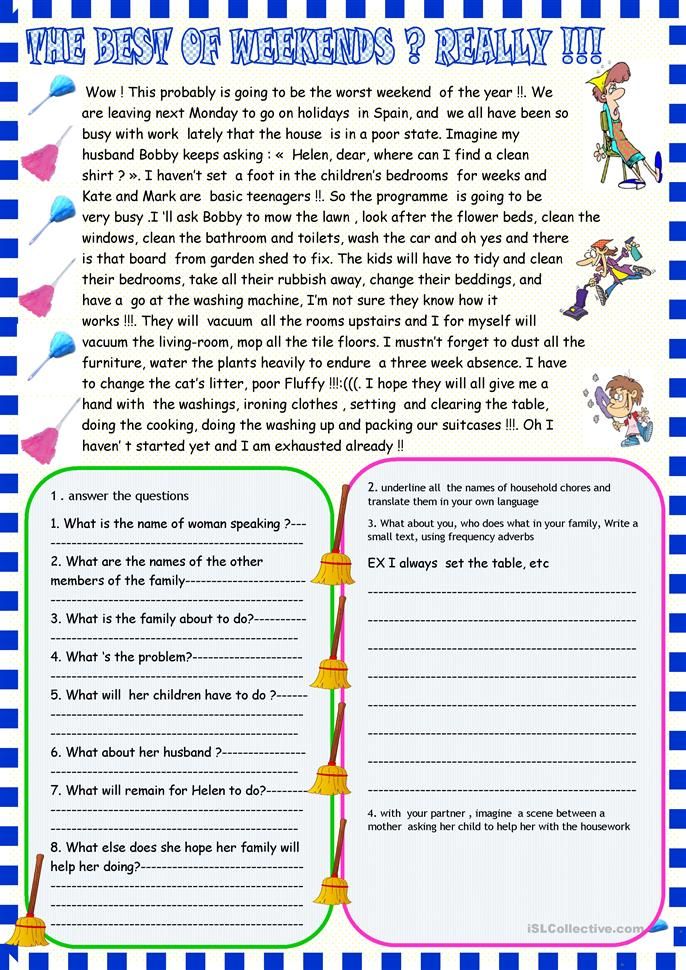
- BBC mini-lesson - a lesson that includes an article from the BBC website, a video, and tasks for them. nine0128
- Lookback - review + interview podcast in which you will hear the natural English speech of ordinary people.
Additional materials
Reference materials, additional grammar exercises (Grammar practice) and materials for increasing vocabulary (Vocabulary bank) and developing speaking skills (Communication bank) are provided at the end of the textbook.
You can watch the video podcasts for all the Speakout tutorials here to get familiar with the authors submission form. nine0178 Advanced
Level :
ProficiencyPublisher : Express Publishing (UK).
Authors : Virginia Evans, Jenny Dooley.
latest edition:
- 2008 - for Intermediate, Upper-Intermediate, Advanced.
- 2005 - for Elementary and Beginner levels.

- 2004 - for the Pre-Intermediate level.
Benefits and features of textbook
Upstream is one of the best English textbooks with a more in-depth curriculum than other textbooks.
Upstream textbooks contain more advanced vocabulary, reading and listening texts, and impressive grammar material.
Benefits of this English textbook:
- A rich learning program for in-depth study of the language.
- More complex vocabulary for the formation of a wide vocabulary. nine0128
- More volumes of materials on grammar.
- Tasks are similar to typical tasks in international English exams, they will help you prepare for the test.
Since Upstream is an advanced English course, in some cases it is recommended to take the textbook one level easier than you need. For example, if you were going to take an Intermediate course, you might try the Pre-Intermediate course in the Upstream series. nine0003
Despite the fact that we called this manual for learning English the most difficult of those presented in the review, it should be noted that knowledge is presented in an accessible form.
Grammar is presented clearly, you immediately consolidate the acquired knowledge with the help of the proposed exercises.
Textbook structure
All Upstream series textbooks consist of 10 units, which are divided into several parts (sections may differ slightly in textbooks of different levels):
- Lead-in (introduction to the lesson) - in it, the authors describe the topic of the entire lesson, provide a text from which useful words and expressions are to be learned.
- Vocabulary practice - exercises to practice the use of new words and expressions.
- Grammar in use - grammar exercises, the most impressive part of the unit.
- Listening/Speaking skills - tasks for listening and developing speaking skills.
- Writing - tasks for writing various types of written work, templates for formal and informal letters are provided. nine0128
Additional materials
At the end of the textbook you will find grammar reference information for each lesson (Grammar Reference), as well as additional materials, for example: a table of irregular verbs, phrasal verbs, etc.
In addition, texts for all audio recordings (Tapescripts) and a list of words that you should know after completing the tutorial (Word list).
The manual also contains tests to check the understanding of the material covered. They follow after every 2 lessons. There are no keys to the tests in the textbook, they are in the Teacher's book. If you are studying on your own, we strongly advise you to purchase a book for the teacher: it analyzes each exercise in detail, there are explanations for all tasks. nine0003
For each of the textbooks in the Upstream series, the authors have developed an additional booklet with tests (Test Booklet). You are supposed to take another test after every 2 units passed. We advise you to check your knowledge with this booklet, especially if you are studying on your own. So you can find out how well the material is absorbed and your skills develop, because each test has tasks for reading, vocabulary, grammar, listening, writing, knowledge of colloquial vocabulary.
nine0003
Whatever English textbook you choose, the main thing is to study it regularly. However, we want to note that the presented training courses have one small drawback: the grammar is presented in them in a simplified way, so depending on your goals of learning the language, this set may not be enough for you. In this case, we recommend supplementing the selected English textbook with one of the grammar textbooks presented in our review. In addition, for the development of speaking skills, you can additionally choose an English textbook for the development of oral speech from our detailed review. nine0003
Do you think it is possible to learn English without textbooks? Then we recommend reading the article “English without textbooks: pros and cons”, in which we talked about the benefits of using teaching aids and explained who can learn the language without them.
And if you want to quickly overcome the language barrier and understand grammatical constructions, we suggest enrolling in a general conversational English course via Skype at our school.
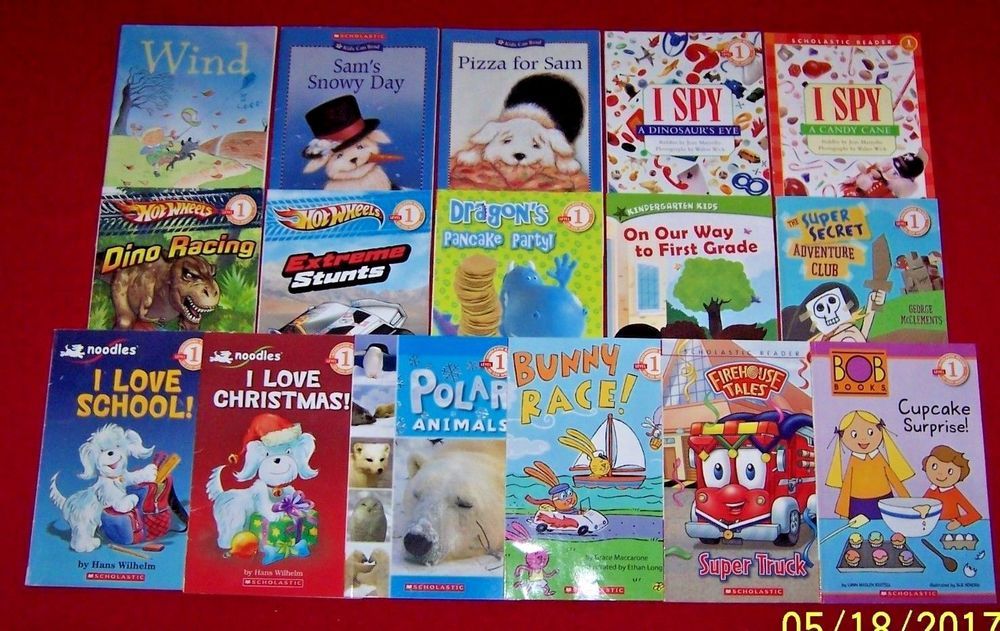
Learn more

 And some mass market publication reading
levels (on the back cover of paperbacks) are notoriously low; the reading level
indicated is appropriate for the vocabulary and length, but the content is far
more mature.
And some mass market publication reading
levels (on the back cover of paperbacks) are notoriously low; the reading level
indicated is appropriate for the vocabulary and length, but the content is far
more mature.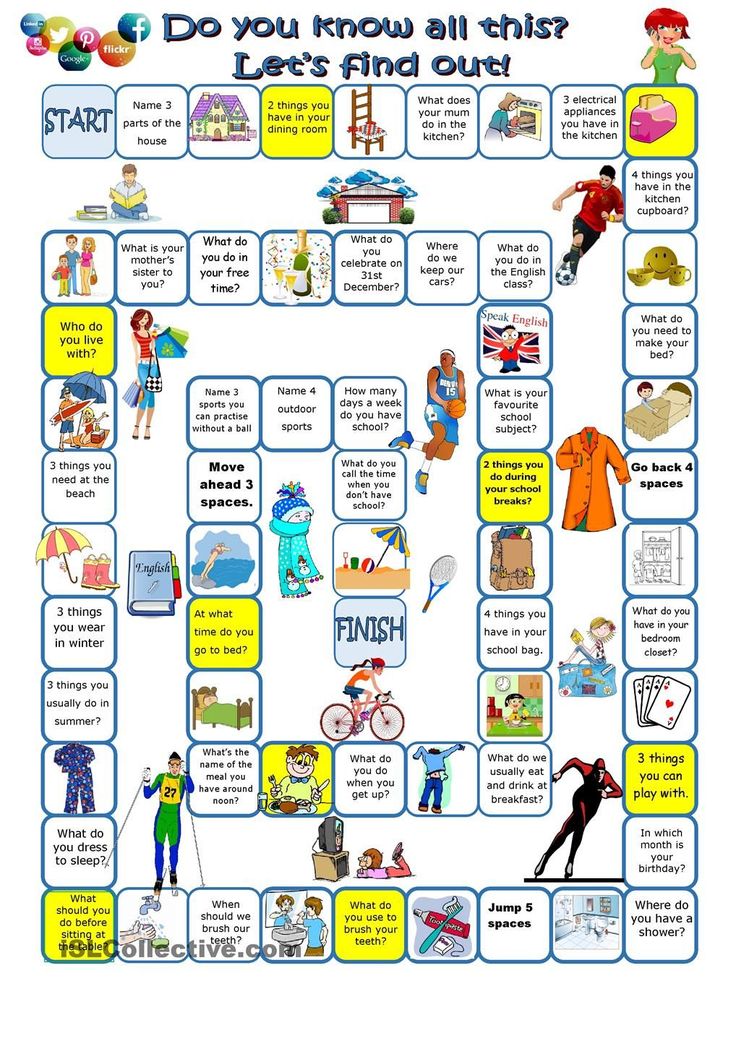 ..
..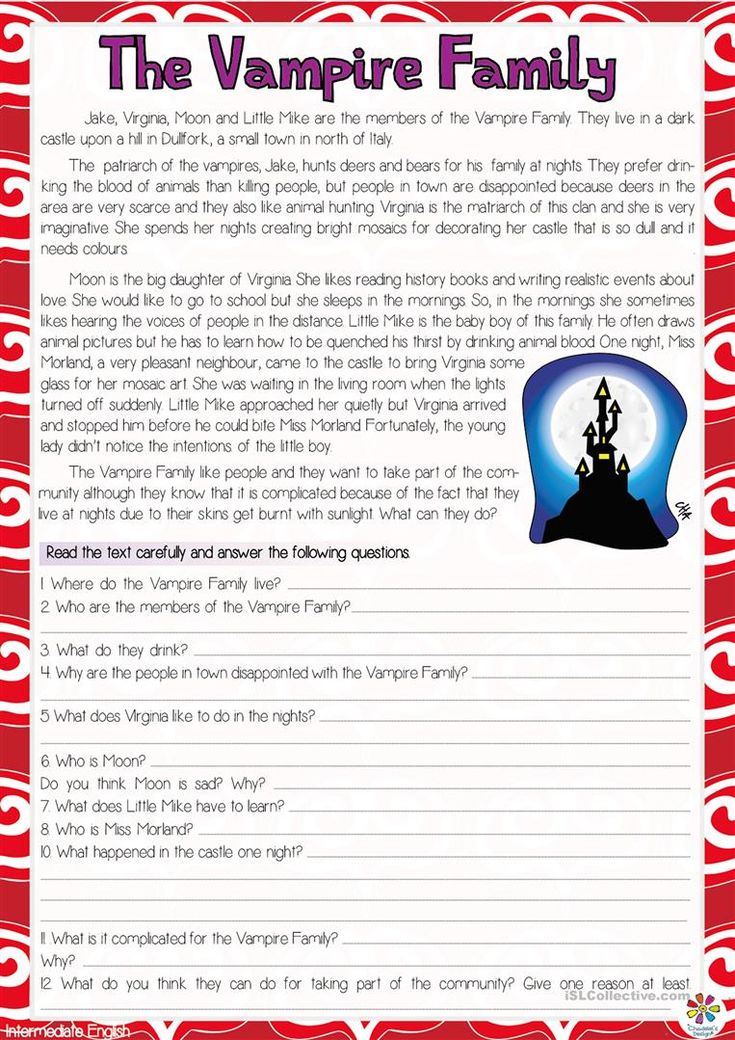 This
guide and table compare various professionally used
reading levels to grade and category (emergent, early, early fluent, etc.)
levels.
This
guide and table compare various professionally used
reading levels to grade and category (emergent, early, early fluent, etc.)
levels.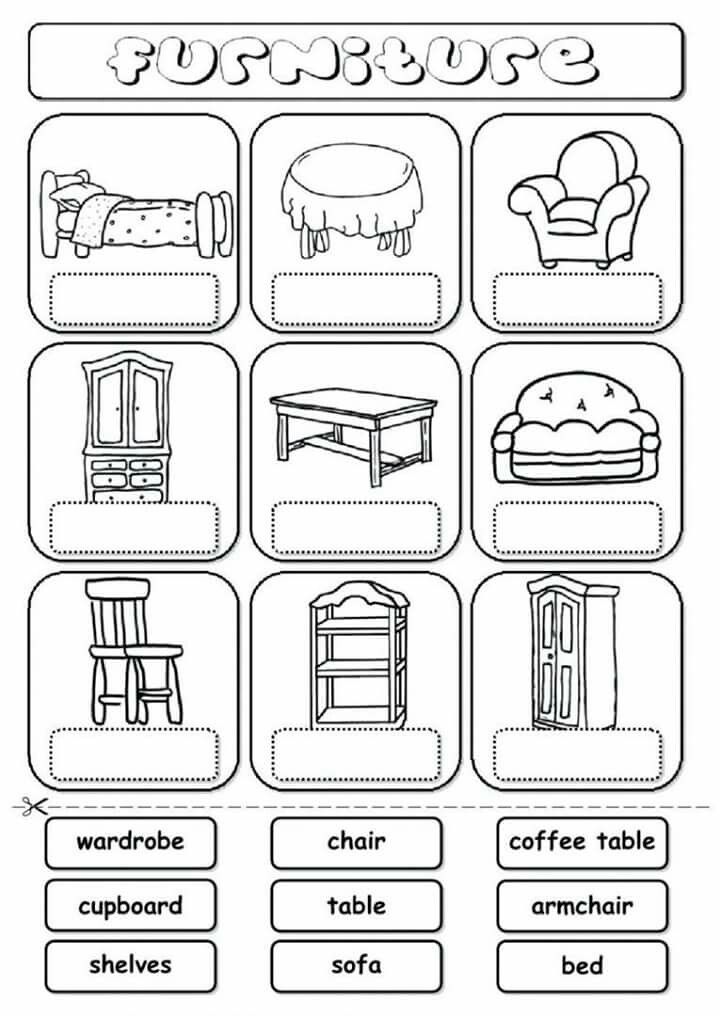
 There is suggestive
evidence that incentives do not promote additional reading in the long term. The
AR research literature does nothing to change these conclusions.
There is suggestive
evidence that incentives do not promote additional reading in the long term. The
AR research literature does nothing to change these conclusions. 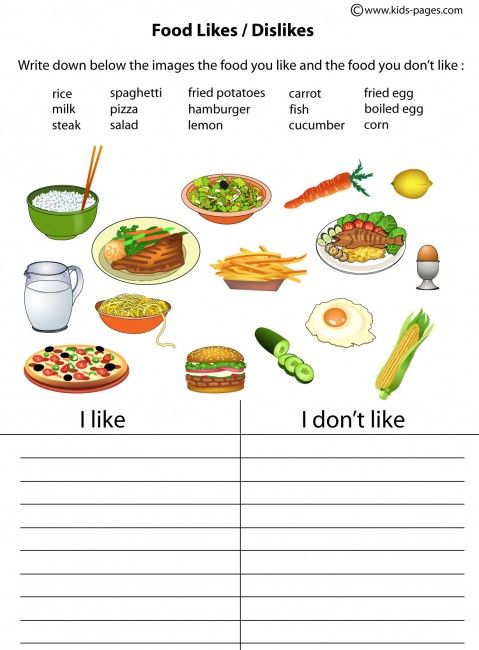 Graph the number of sentences vs. the number of syllables to
obtain the grade level.
Graph the number of sentences vs. the number of syllables to
obtain the grade level.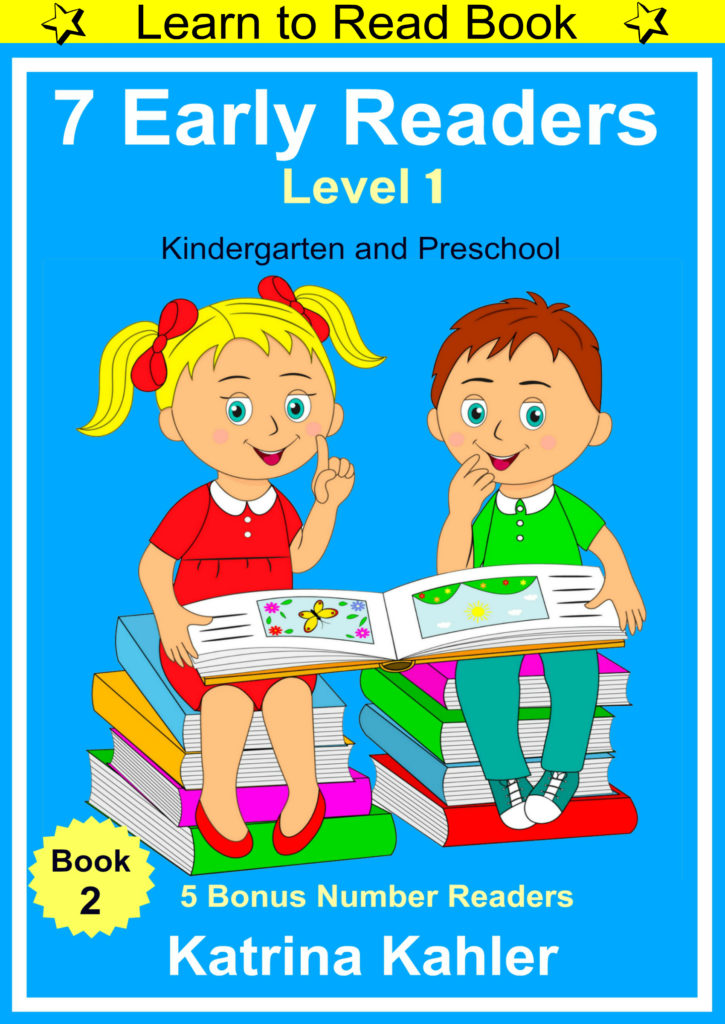
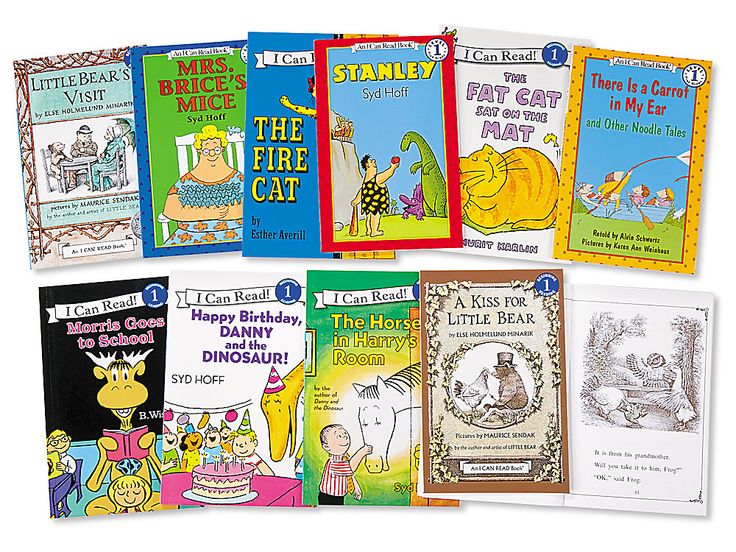

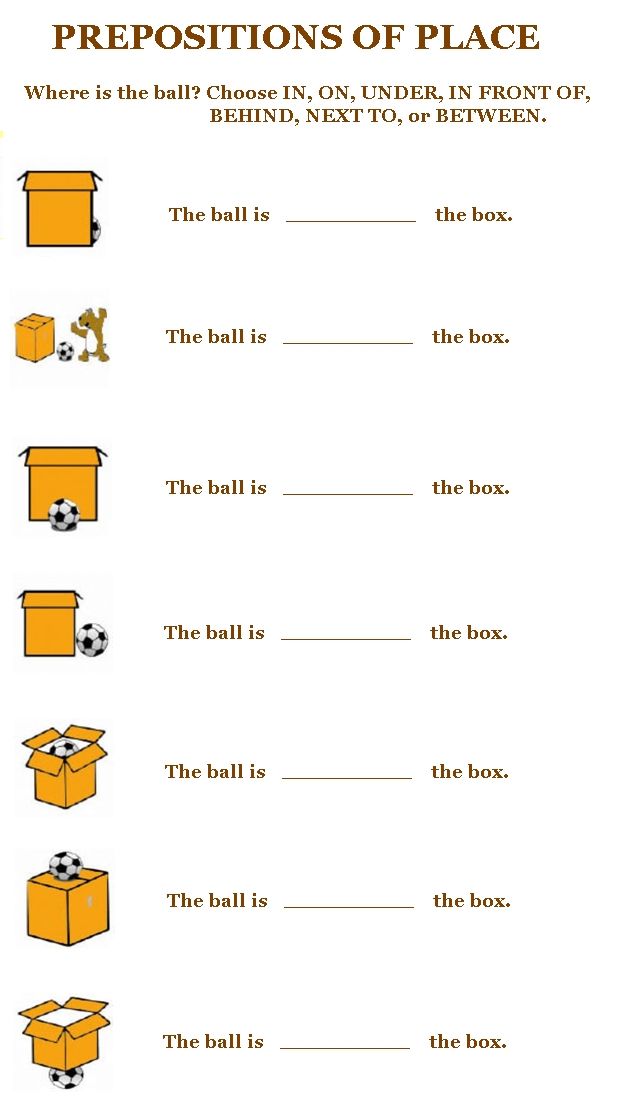
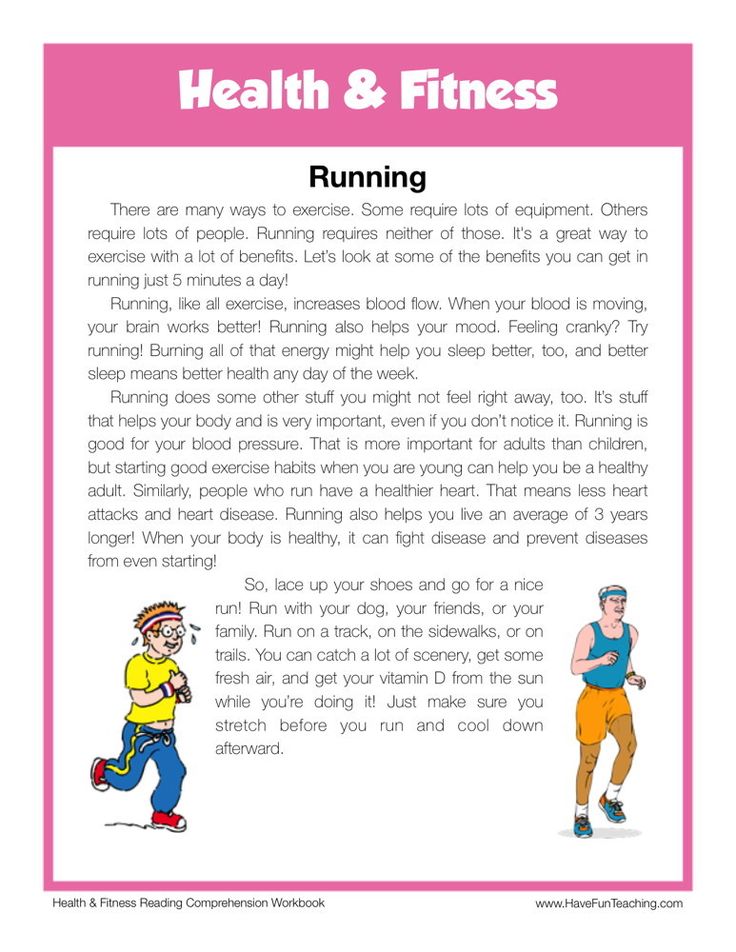
 The Fountas & Pinnell Benchmark comes
in two levels: grades K-2 (levels A-N) and grades 3-8 (levels L-Z). The
assessment is directly correlated to the instructional material in The Continuum
of Literacy Learning. Using the Fountas & Pinnell Benchmark requires extensive
professional development, as the child is measured on a variety of skills
including instructional and independent reading abilities, plus "emphasis on
thinking about the author's craft."
The Fountas & Pinnell Benchmark comes
in two levels: grades K-2 (levels A-N) and grades 3-8 (levels L-Z). The
assessment is directly correlated to the instructional material in The Continuum
of Literacy Learning. Using the Fountas & Pinnell Benchmark requires extensive
professional development, as the child is measured on a variety of skills
including instructional and independent reading abilities, plus "emphasis on
thinking about the author's craft."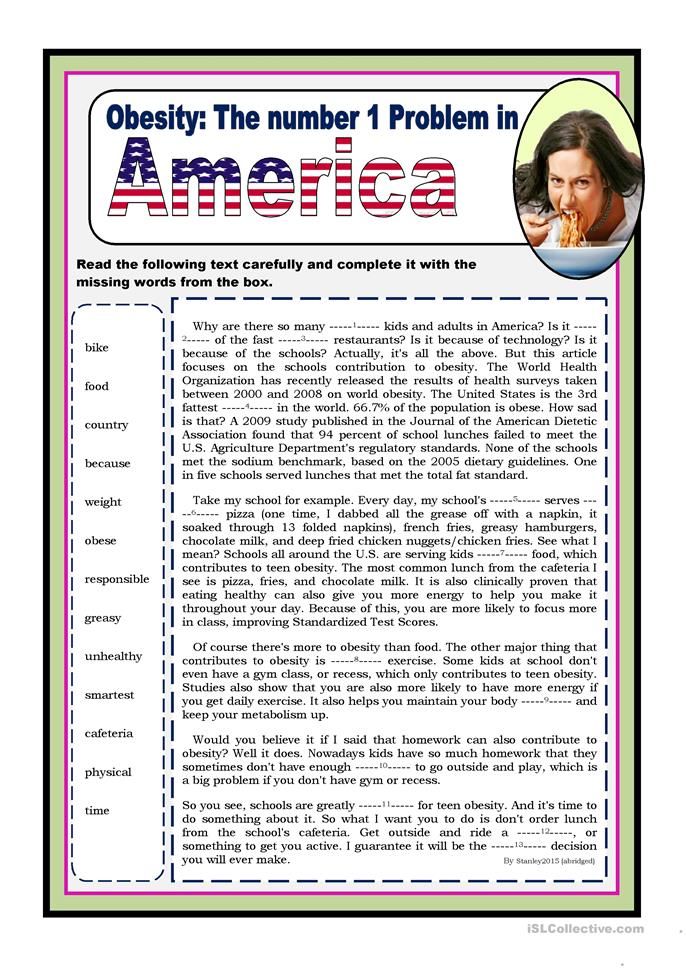
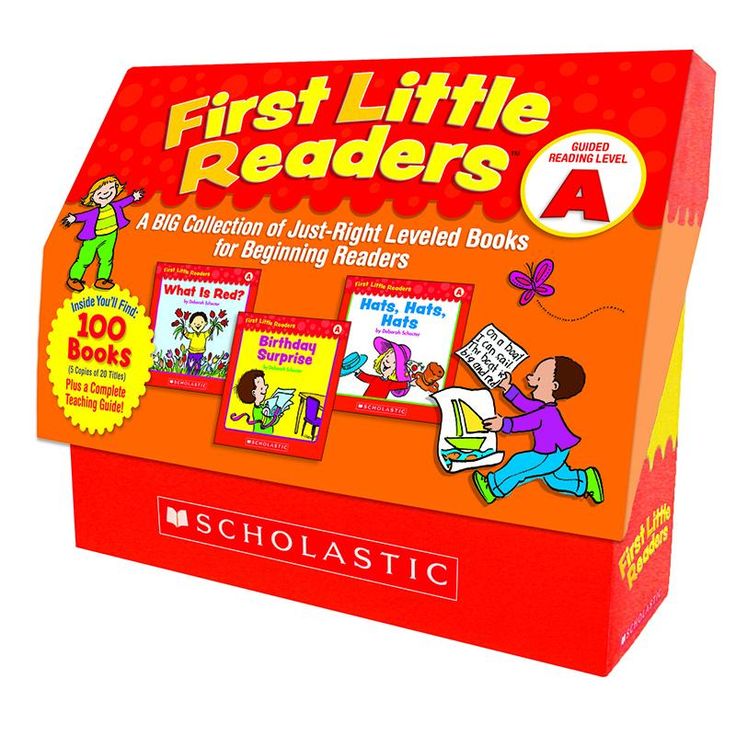 Click demo for some interesting
results...
Click demo for some interesting
results...
